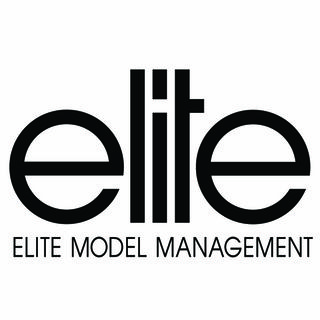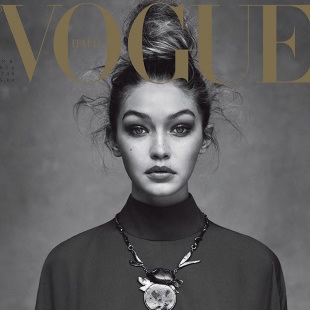There are several points that I think a model should be aware of and cultivate when in front of the camera. Again, this is from the photographer’s perspective and has to do with a technical part of photography.
Stay in your Light
Of foremost importance — knowing where the main light is coming from. It seems that more and more of the lighting I see used in fashion magazines is an over-under-soft box set up. This creates a soft butterfly light, a term from classic portrait photography. It is also an idiot-proof lighting. For a model, all you have to do is stand and look at the camera. It is also a very flat, uninteresting light. If you have seen the photos of the Hollywood stars from the 30’s and 40’s you might remember how dramatic and glamorous they looked. A lot of that is from the dramatic lighting. For dramatic lighting to work, the person in front of the camera must position herself just right. With all of these light setups there is a single main light coming from one direction and you must learn how to use it. If the light is coming from the right you need to work to that direction. You may also find that a certain type or direction of light may make you look better. This is a difficult idea to grasp until you have done a few shoots — but it is best to be aware of it right from the start.
Hitting your Mark
Many product and dramatic lighting setups are designed for the model to be at a particular spot in the set up. It is important to be aware of how much you can move from that spot; how far forward, back, side to side and up and down from that mark you can move. If it is a very tight set up and requires you to say very close to your mark, then be-bopping and twirling around destroys the whole set up. When you move from your mark you throw off camera focus, move out of the light, destroy the alignment of the shot, and distort perspective. If you have a tight mark you must learn to do all of your action and poses within that tight space.
Camera Format
model photoThe tightness of your mark, how the lighting is set up and how you might be able to move is often affected by the type of camera and film format that is being shot. A popular view of fashion modeling is being in front of the camera and dancing around seeing how many expressions you can come up with. You hear the camera click, the motor drive whir, and light flash. But what happens when you’re expected to hold a box of corn flakes in one hand, a spoon with milk and cereal in the other, while sitting at a table, trying to look like this is the greatest stuff you ever ate? Add on top of that a camera that not only has no motor drive but one that takes a single large piece of film that costs a small fortune and takes several minutes to reload after each shot. This is the type of modeling that they don’t show on TV but can make up a lot of the secondary market. What makes a big difference between these two shoots is the type of camera that is used.
The 35mm camera is often used for a fashion shoot. It is easy to hold and to move with. It can shoot lots of frames per second, and each frame of film is fairly cheap. This allows the model and the photographer to move freely and shoot a lot of frames of film. You don’t worry if many of the frames are no good as you can edit out later. But 35mm film is just too small for certain printing projects. The camera also lacks perspective and plane-of-focus controls. This means that if you’re modeling sitting on a new automobile and the photo is going to be used for a billboard you won’t get to twirl in front of a 35 mm camera. There are three formats of cameras: small — 35 mm, medium — 120 (70mm), and large — 4X5 to 8X10. As you move from small to large the cameras get larger, harder to hand-hold, harder to move with, slower to operate and more costly per frame to shoot with. This means that how you work in front of the camera has to change. With a 35mm camera you may move around and do different expressions as the photographer snaps away, with a 4×5 you may have to hold still and work to achieve the expression that is needed for several minutes before the shutter clicks. All of this becomes very clear when you get in front of these cameras for various types of shoots. Some of the wonderful work that was done by Penn for Vogue was done with the large format camera.
Framing
Another point that is important to understand is how much of you will show in the picture. Working full length is quite different from doing a tight head shot. With full length body posture, arm placement and leg position are very important. With a head shot, who cares what your body is doing, it’s the face and expression that is everything. Knowing how much of you is going to show allows you to concentrate on just the part that is showing.
What is the Photo Saying
All of the previous is dictated by one thing, what is the purpose of the shoot? Selection of lighting, focus, camera format, framing and you are determined by the purpose of the shoot. It is important for you to have some idea what the final photo is to convey. This will help you to understand your motivation and purpose in the photo. This helps you to know what sort of expressions, gestures, and poses you should do. If the photo is to sell grave-side services for a funeral home, then your winning smile that sells tooth paste just won’t do. I think a lot of photographers would rather view you as a collaborator in a photo rather than another prop to move around.







Comments 0